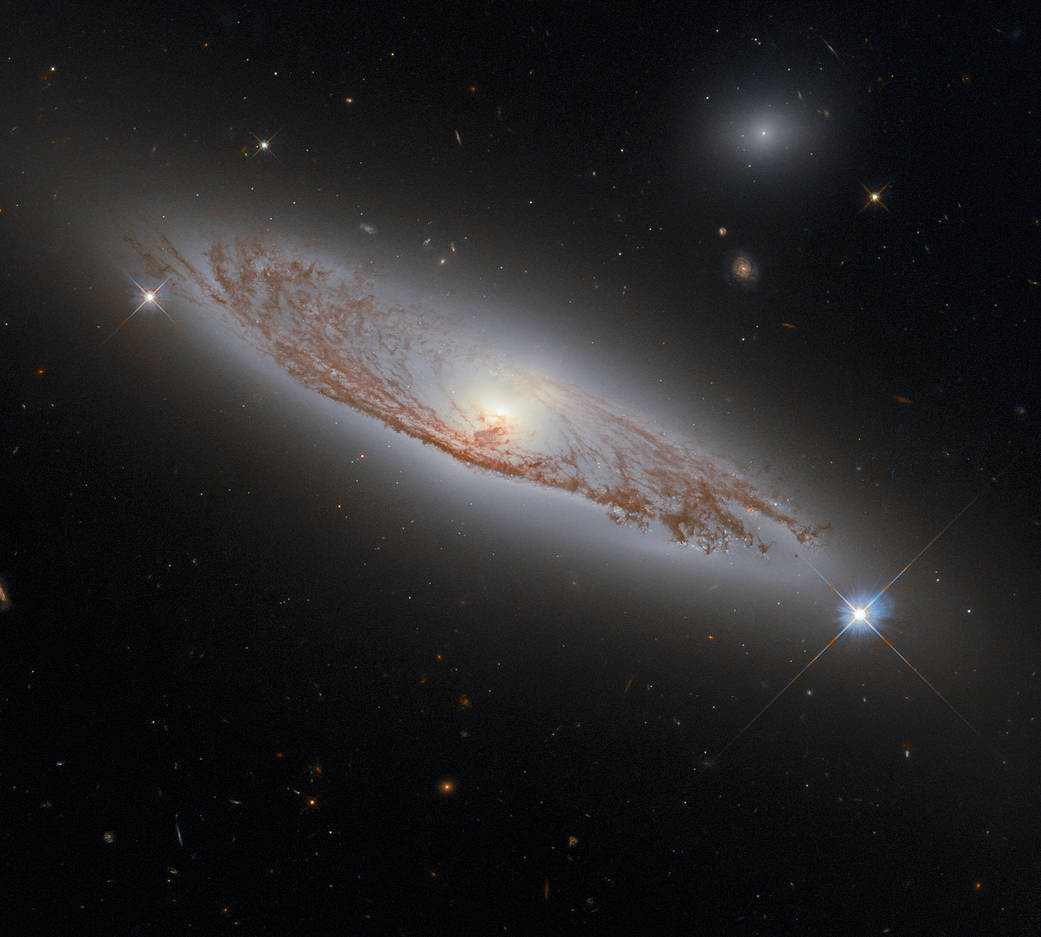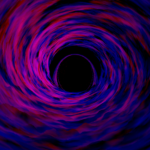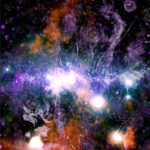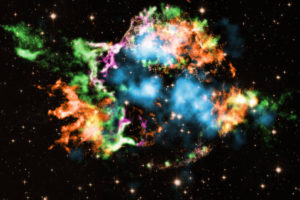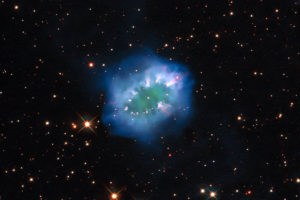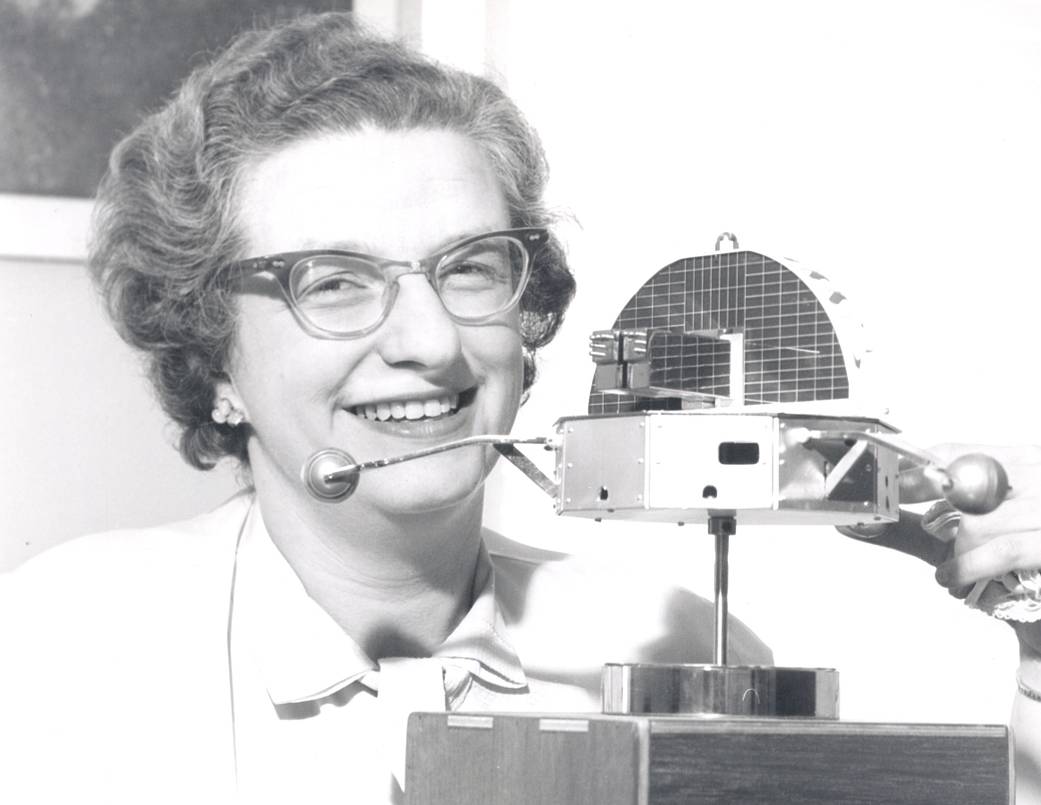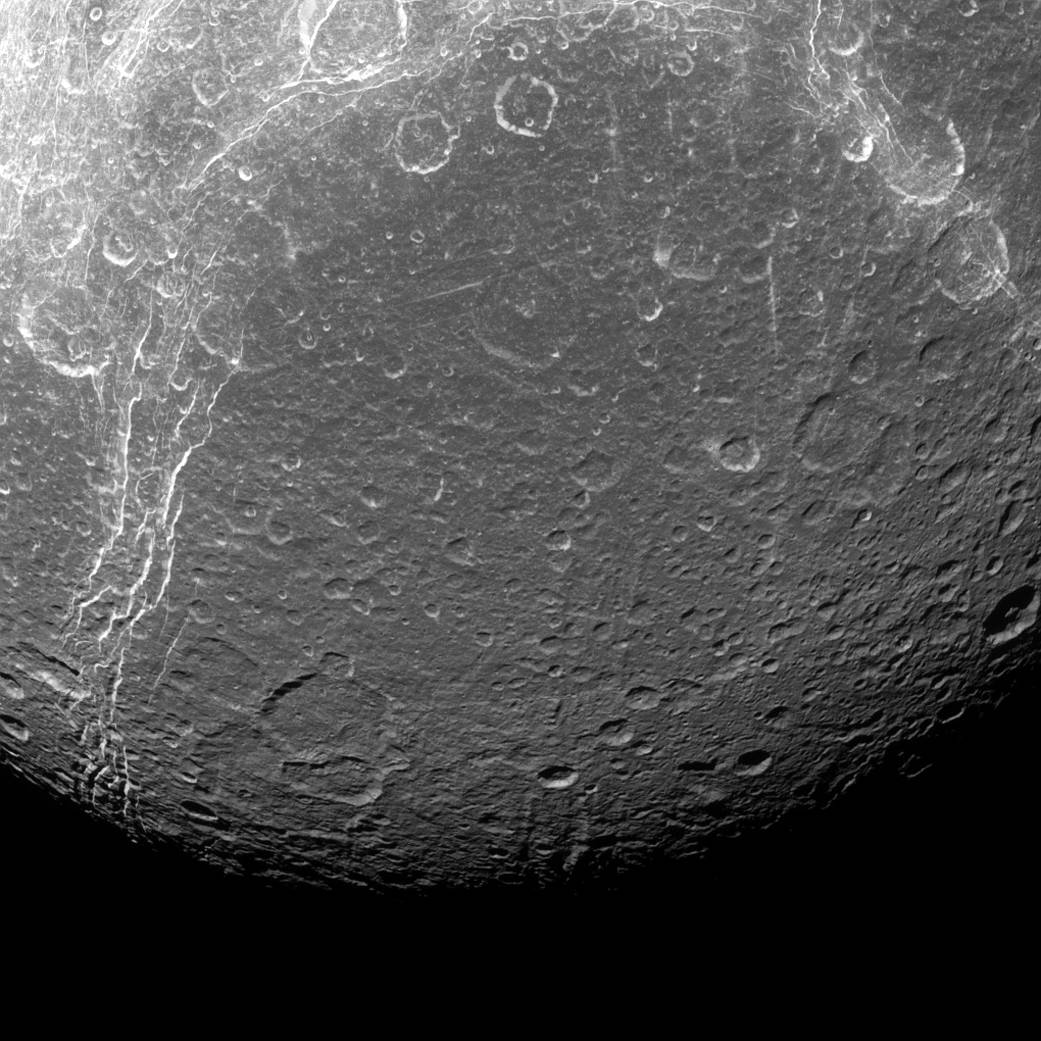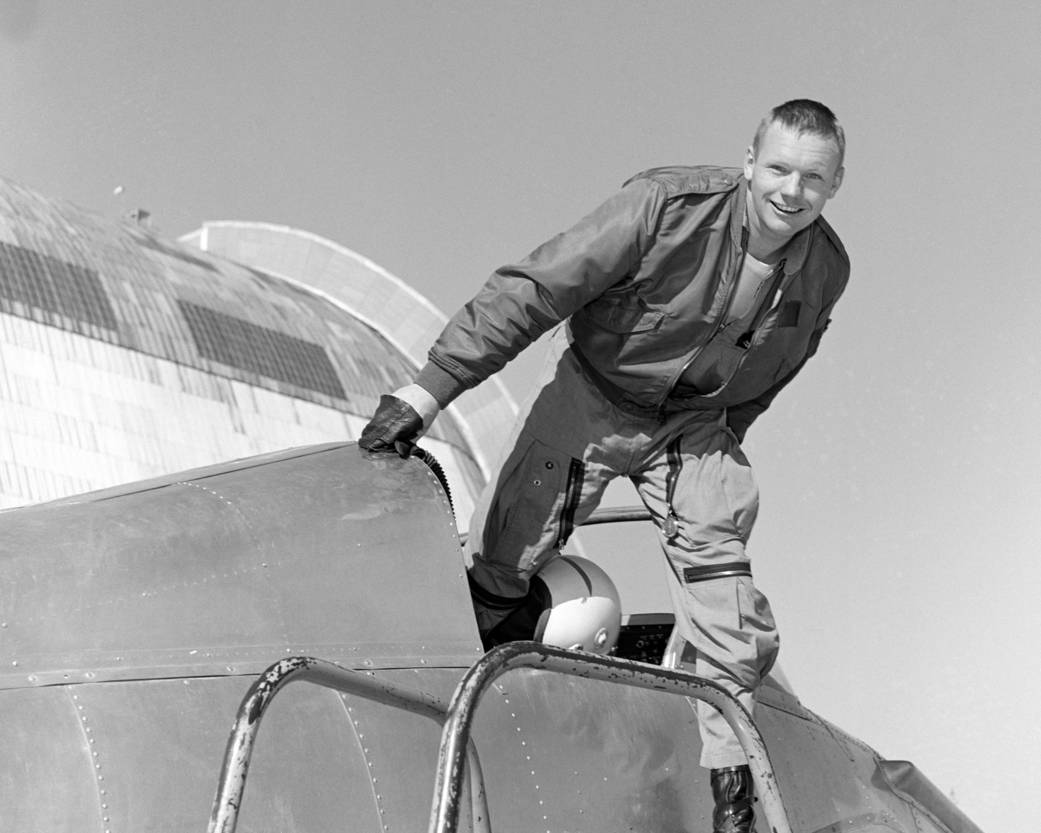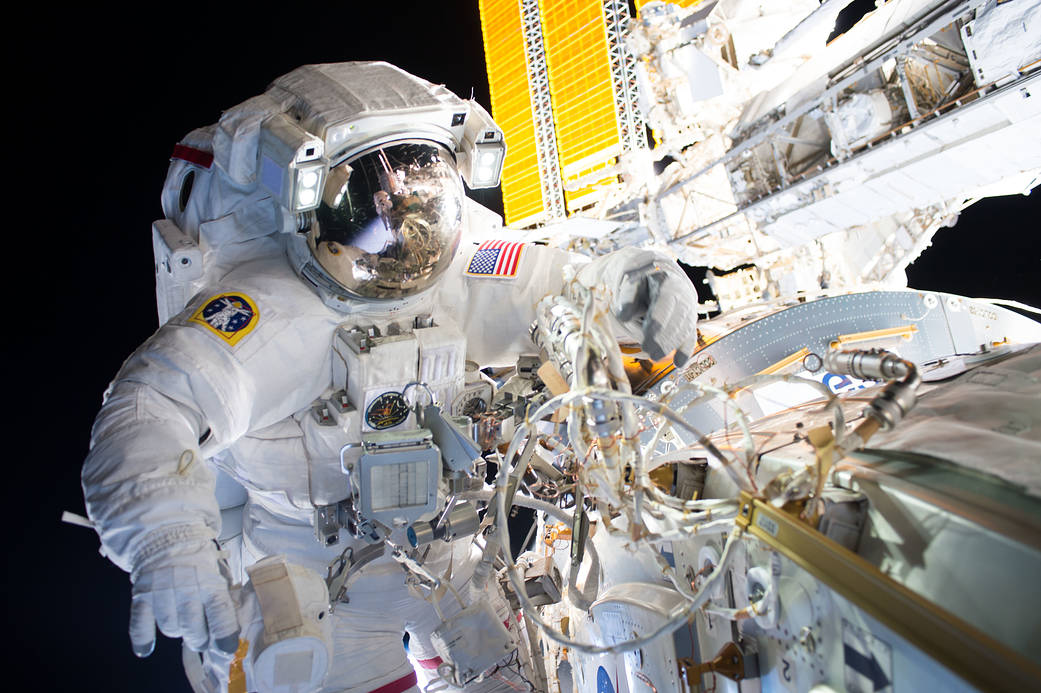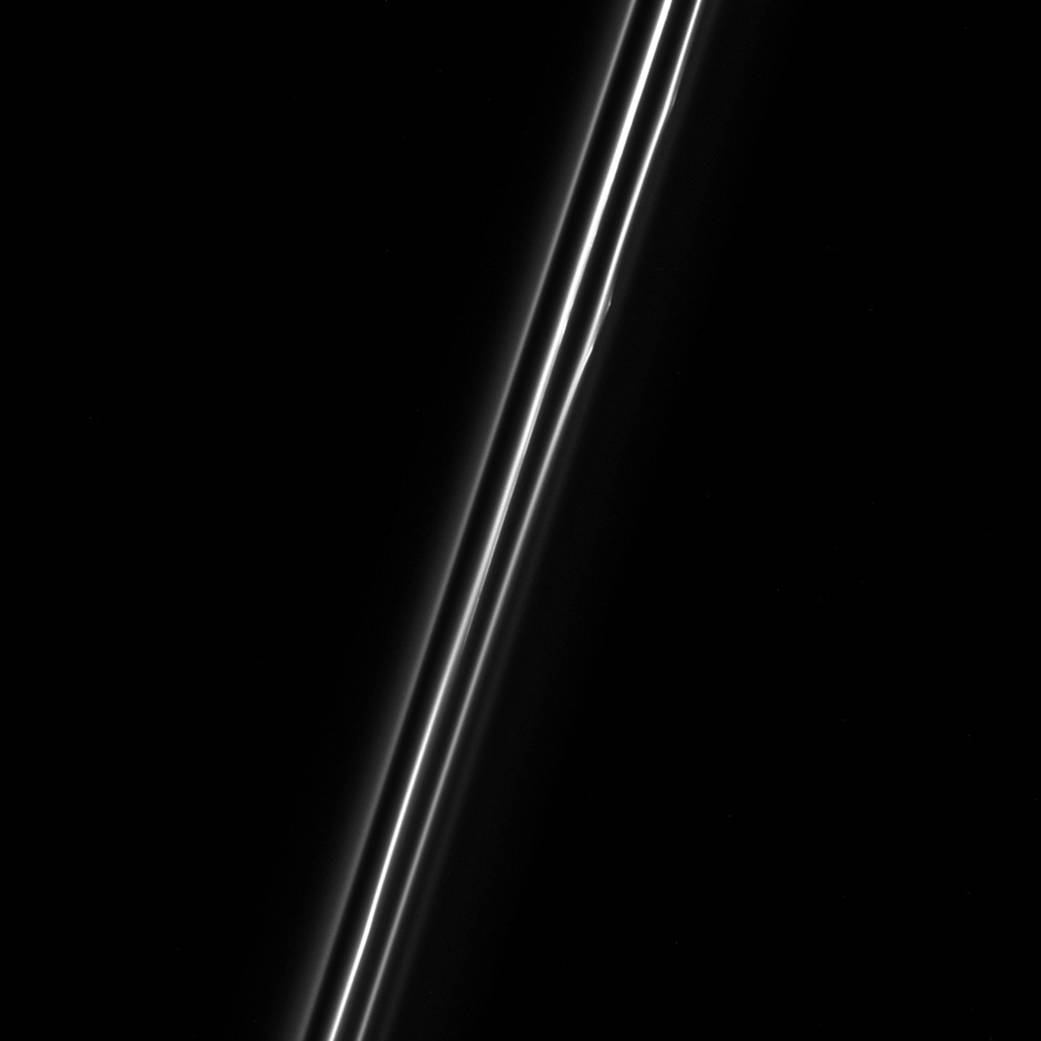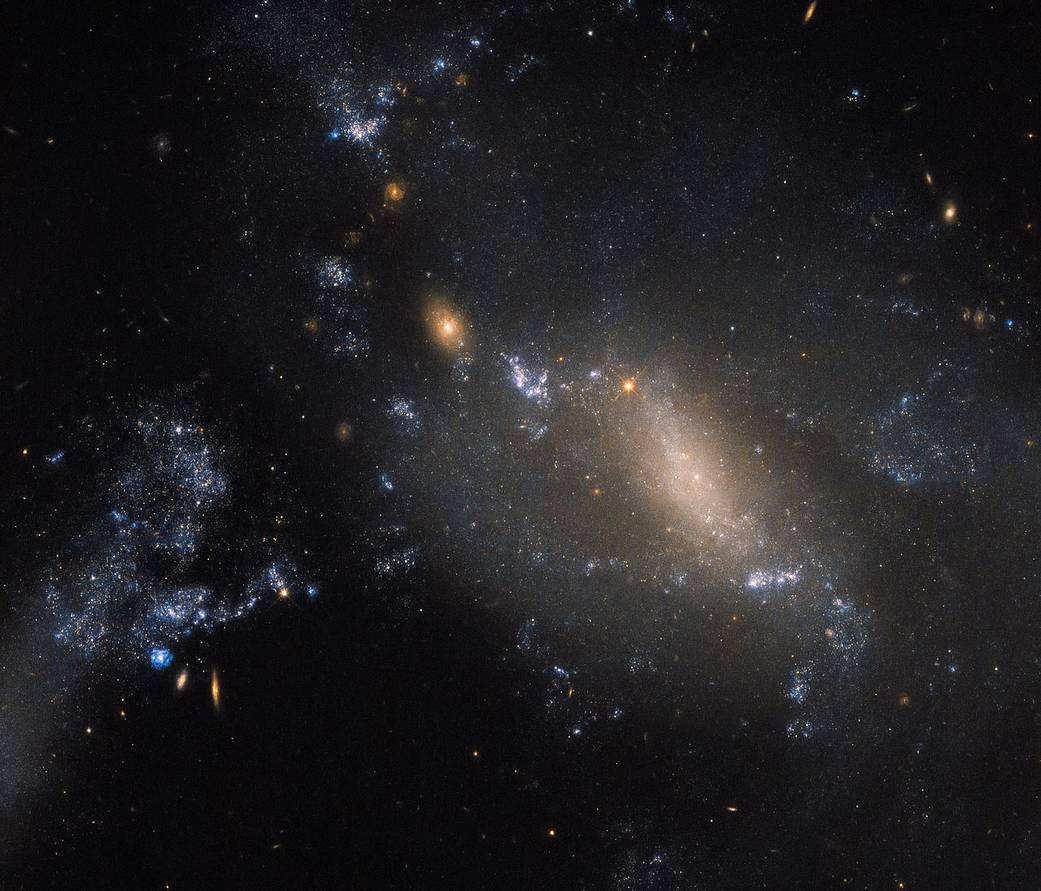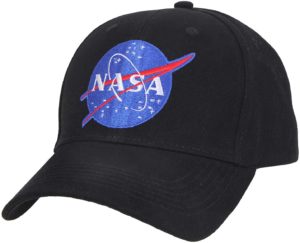NASAの今日の1枚は、おとめ座の渦巻銀河NGC5037の画像です。
NASAは、地球から約1億5000万光年も離れたところにある銀河を、こんなにも詳細に見ることができると自画自賛しています。
これはハッブル宇宙望遠鏡搭載の広視野カメラ 3 (WFC3) の撮影データから画像処理して作成されたものです。
NASAの公式サイトのURLはこちら:
Hubble Captures a Captivating Spiral | NASA
以下はオリジナル原文と和訳です。
Hubble Captures a Captivating Spiral
This image shows the spiral galaxy NGC 5037, in the constellation of Virgo. First documented by William Herschel in 1785, the galaxy lies about 150 million light-years away from Earth. Despite this distance, we can see the delicate structures of gas and dust within the galaxy in extraordinary detail. This detail is possible using Hubble’s Wide Field Camera 3 (WFC3), whose combined exposures created this image.
この画像は、おとめ座の渦巻銀河NGC5037のものです。 1785年にウィリアムハーシェルによって最初に確認された銀河は、地球から約1億5000万光年離れたところにあります。この距離にもかかわらず、銀河内のガスや塵の微細な構造をとても詳細に確認することができます。これほど細かく見ることができるのも、ハッブルの広視野カメラ 3 (WFC3) を使用しているからでこそで、様々な露光を試すことでこの画像を作成することができたのです。
WFC3 is a very versatile camera, as it can collect ultraviolet, visible, and infrared light, thereby providing a wealth of information about the objects it observes. WFC3 was installed on Hubble by astronauts in 2009, during Servicing Mission 4 (SM4). SM4 was Hubble’s final Space Shuttle servicing mission, expected to prolong Hubble’s life for at least another five years. Twelve years later, both Hubble and WFC3 remain very active and scientifically productive.
WFC3は、紫外線、可視光、および赤外線で撮影できるため、非常に用途の広いカメラであって、観測する対象に関する豊富な情報を得ることができます。 WFC3は、2009年のサービスミッション4(SM4)中に、宇宙飛行士によってハッブルに設置されました。 SM4 は、ハッブルの最後のスペース シャトル サービス ミッションであり、ハッブルの寿命を少なくともあと 5 年間延ばすことが期待されていました。 それが12年後の現在でも、ハッブルとWFC3はどちらも非常に活発に科学的な成果をあげ続けています。
Text credit: European Space Agency (ESA)
Image credit: ESA/Hubble & NASA, D. Rosario; Acknowledgment: L. Shatz
Media Contact:
Claire Andreoli
NASA’s Goddard Space Flight Center
301-286-1940
Last Updated: May 28, 2021
Editor: Lynn Jenner
